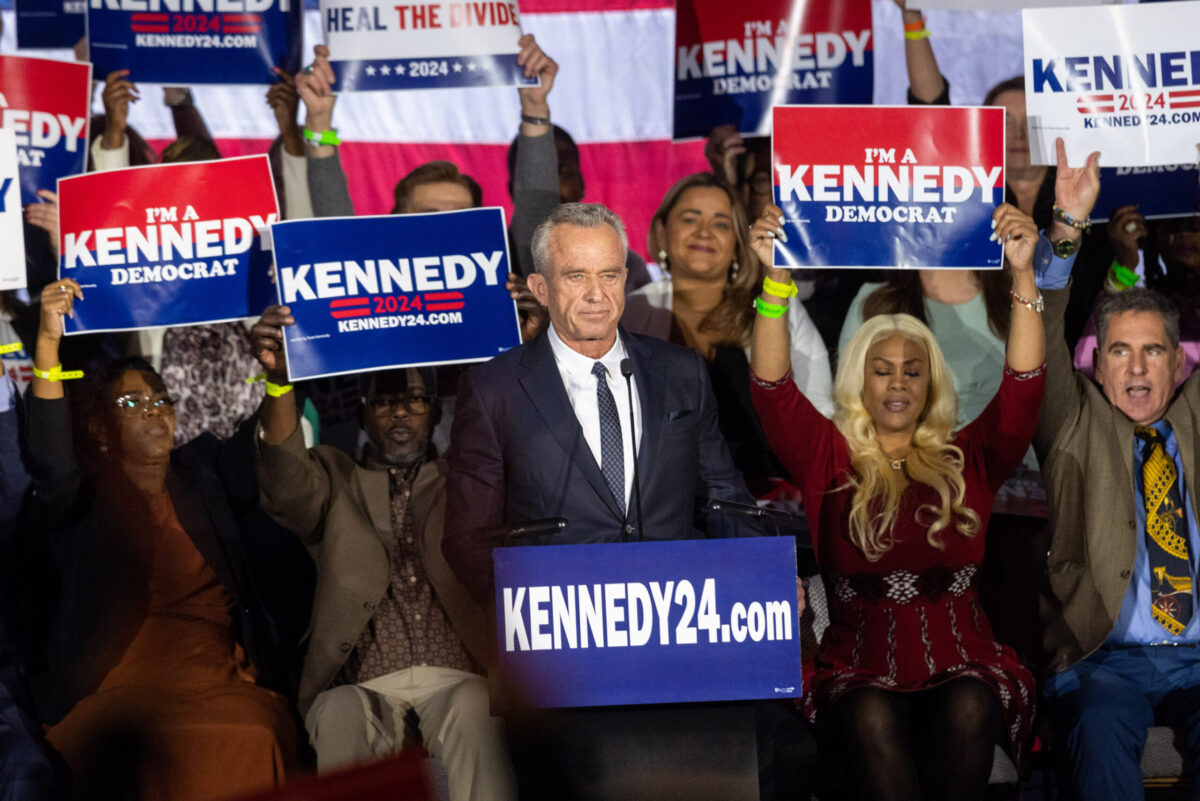Salary Expectations in U.S. Hit New High
Expectations regarding salaries among American workers hit a record high in November, with younger people expecting the most, according to a Fed survey.
“The average reservation wage—the lowest wage respondents would be willing to accept for a new job—increased from $72,873 in July to $73,667 in November, the highest reading of the series. The increase was most pronounced for respondents below age 45,” the latest Survey of Consumer Expectations by the Federal Reserve Bank of New York stated.
Conditional on expecting an offer, the average expected annual salary of job offers during the next four months rose to $61,187 in November from $60,310 in July, which is also a new high in the series.
The proportion of people who searched for jobs in the previous four weeks fell from 24.7 percent in July to 18.8 percent in November. People were found to be more satisfied with their wage compensation, non-wage benefits, and promotion opportunities.
Meanwhile, the median one-year expected earnings growth fell by 0.2 percentage points to 2.8 percent in November, according to a Dec. 12 press release from the New York Fed.
Mean unemployment expectations—or the mean probability that the U.S. unemployment rate will be higher one year from now—fell by 0.7 percentage points to 42.2 percent.
Welfare Benefits, Labor Force Participation
While salary expectations grew higher, Americans are also receiving more money in welfare benefits. A recent report from the Committee to Unleash Prosperity titled “Paying Americans Not to Work” (pdf) states that such benefits are a key reason why America is facing a dearth of workers.
“In 14 states, a family of four with two unemployed workers can receive unemployment insurance benefits and ACA [Affordable Care Act] subsidies equivalent to a job that pays $80,000 a year in wages and health benefits—or more,” the report states.
“In another 10 states, a family can receive the equivalent of a $70,000-a-year job. For these families, work may literally not pay.”
A Dec. 21 report by the Center for Immigration Studies claims that there has been a “long-term decline” in labor force participation rate among American-born citizens, primarily those without a bachelor’s degree.
In November, there were 44.9 million working-age American-born citizens who were not part of the labor force, which is 10 million more than in 2000.
In contrast, there were 29.6 million immigrants, both legal and illegal, working in the country in November, which is 1.9 million more than in November 2019 prior to the COVID-19 pandemic.
Fed Policy
In a speech last month, Federal Reserve Chair Jerome Powell pointed to the tightness of the labor market—which is driving up wages and eventually the cost of goods and services—as a major barrier to containing inflation.
Though wage growth has been positive, it has lagged behind the inflation rate in the United States, meaning that real wages are in the red.
However, some experts do not agree with the Fed’s assessment. In an interview with Fox, Harry Holzer, a senior fellow in economic studies at the Brookings Institution, criticized the central bank for its position.
“Lecturing businesses, ‘you shouldn’t be raising wages’ when the market conditions are driving those wages—the whole thing seems to be a little bit tone-deaf,” Holzer said.
“If you have that kind of labor market tightness, whatever is driving it, employers need to respond to those market forces if they can’t attract workers.”
" Conservative News Daily does not always share or support the views and opinions expressed here; they are just those of the writer."






